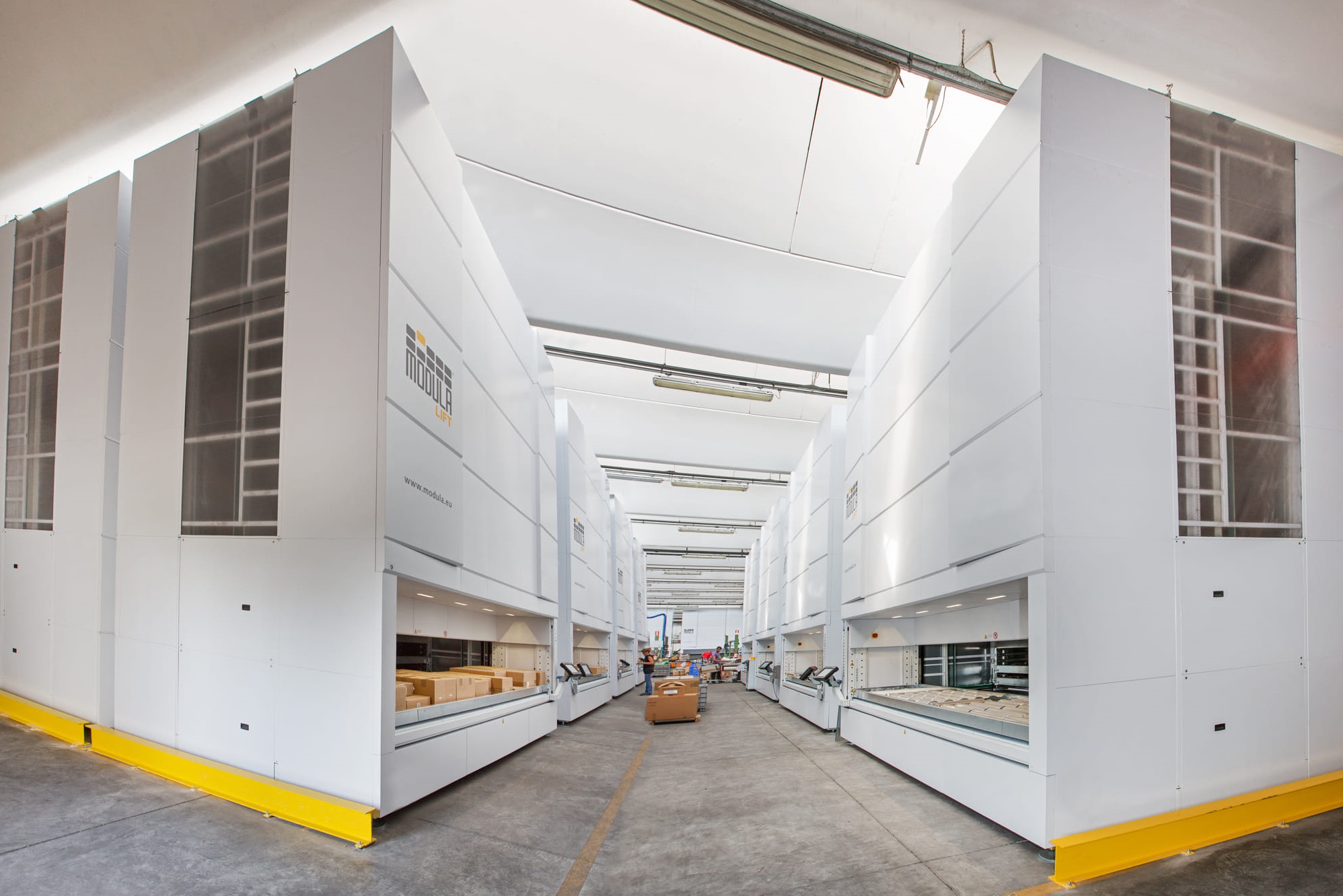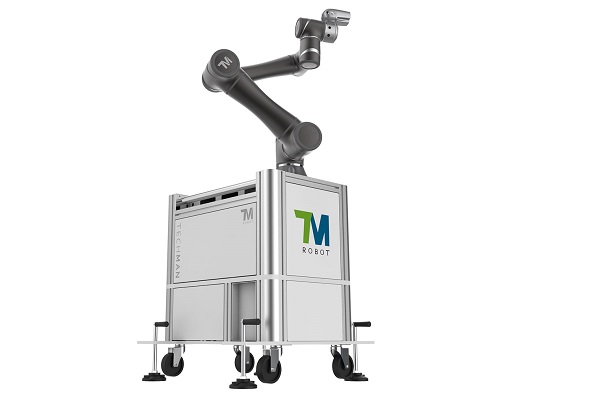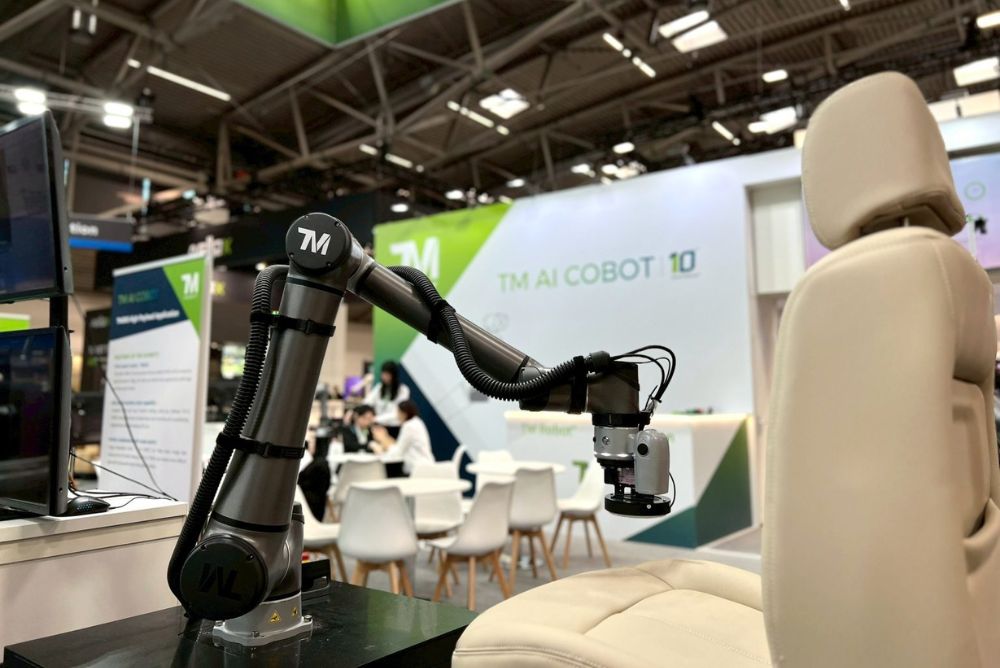What is a Cobot?
Nowadays technology is rapidly developing, businesses are continuously seeking innovative solutions to enhance productivity and efficiency. One breakthrough in the field of automation is the advent of the cobot (short for collaborative robot). So, what exactly is a cobot?
A cobot, or collaborative robot, is a type of robot designed to work with humans in a shared workspace. Unlike traditional industrial robots that require protective barriers, cobots can operate in conjunction with humans thanks to their intelligent safety features and user-friendly design. Some cobot models are even equipped with artificial intelligence (AI), such as Techman’s Cobot, making them significantly smarter and more efficient than traditional robots.
Two cobots of Techman
A cobot is both a type of robot (capable of performing repetitive or heavy tasks) and a "colleague" to workers (able to work alongside humans because they are very safe).
Why Are Cobots Becoming a New Trend in the Industry?
With numerous outstanding features, cobots are paving the way for a new trend among industrial manufacturers. These advanced machines are revolutionizing automation by offering benefits and capabilities that traditional industrial robots do not possess. Some notable advantages of cobots include:
- More flexibility: Cobots are significantly more flexible than traditional industrial robots. Unlike traditional robots that are often designed for a specific purpose or process, cobots can be easily reprogrammed and adapted to various new tasks. A single cobot can be used for machine tending, material handling, gluing, and then reprogrammed for welding, assembling, and product inspection. This flexibility offers businesses higher adaptability and cost savings, as there is no need to invest in multiple robots for different applications!
- Higher Mobility: Traditional robots, due to their operational dangers, are typically confined within metal frames and fences to ensure operator safety. Consequently, they are usually fixed in place, making it time-consuming to reconfigure them. Cobots, on the other hand, do not require protective barriers and can be easily moved, allowing operators to optimize production line layouts, rearrange workstations, and adjust workflow at any time. This mobility enhances efficiency and productivity.
Traditional industrial robots are confined within cages because they can be dangerous
- High Adaptability: Cobots are a flexible technology with high adaptability. Whether it is a high-volume production line or small-batch manufacturing, cobots can seamlessly adjust their speed, precision, and output to meet specific requirements.
- Addressing Labor Shortages: Labor shortages are becoming a significant challenge for manufacturers. Cobots can help solve this issue by increasing production output and throughput. Since cobots are inherently robots, they can operate continuously around the clock, reducing reliance on human labor and ensuring stable production output.
- Empower humans: With the support of AI, modern cobots are becoming faster learners and smarter operators, reducing the time needed for human oversight. By automating repetitive tasks, cobots free workers from routine activities, allowing them to contribute in more critical areas that require problem-solving, decision-making, and creative thinking.
Techman Cobot with AI
Reasons to Invest in Collaborative Robots
Are you still wondering, “Why should I invest in cobots?” Let’s explore why your business should consider integrating cobots into its production operations.
- Safe Collaboration Between Humans and Robots: One significant reason to invest in cobots is their ability to work safely alongside humans without the need for protective barriers. Cobots are equipped with advanced sensors and safety features that detect and respond to the presence of humans, ensuring a safe working environment. This reduces the risk of accidents and allows for closer human-robot collaboration. This investment not only protects your workforce but also reduces costs associated with protective barriers and expensive safety measures.
- Minimal Disruption to Existing Infrastructure: Cobots offer seamless integration processes. Their compact size and flexibility allow for easy integration into existing workspaces with minimal modifications. You can simply move a cobot to a new workstation and program it on-site without the need for additional barriers or frames. This makes cobots an ideal choice for small companies or manufacturers operating in limited spaces, as they can enjoy the benefits of automation without investing in additional space or new equipment.
- Simple Programming and Deployment: Unlike traditional industrial robots, which often require specialized knowledge in programming and operation, cobots can be easily programmed and deployed by engineers or production staff. The programming tools and interfaces of cobots are intuitive, allowing operators to easily teach cobots new tasks or adjust their operations as needed.
How to Choose the Right Cobot System for Your Business
There are several key factors to consider when selecting a cobot system for your business. Here are the main points to guide you through the selection process:
1. Suitability for Tasks and Applications
Start by identifying the specific tasks and applications for which the cobot will be used. Different applications require various parameters such as payload, speed, reach, etc. For example, a cobot used for assembly may need a higher payload capacity than one used for product inspection, while a cobot for packaging requires higher speed compared to one used for gluing tasks.
Two series of Techman Cobot with different arm lengths and sizes
Evaluating your specific operational needs is the first step in selecting a cobot that meets your task requirements, load capacity, and working environment.
2. Safety Features and Compliance
Safety is the most critical factor when deploying cobots in a shared workspace with humans. Assess the safety features of the cobot system and ensure they meet your standards. Additionally, consider the cobot’s ability to collaborate safely with humans by employing protective measures such as limiting maximum speed and force during actual operations.
You can refer to several global robot safety standards, such as ISO 10218-1:2011 (Safety Requirements for Industrial Robots), ISO/TS 15066:2016 (Collaborative Robots), and ISO 13849 (Safety of Machinery – Safety-Related Parts of Control Systems). A good collaborative robot should meet at least two of the standards ISO 10218-1:2011 and ISO/TS 15066:2016.
3. Programming and Integration
Evaluate your existing system's programming requirements, available human resources, and expertise. If your business has highly skilled robotic engineers with strong programming capabilities, you might opt for high-functionality cobots that require complex programming.
However, if your business prioritizes speed and efficiency and lacks experienced robotic programmers, you might look for cobots with user-friendly interfaces that allow for intuitive programming and quick task deployment. For instance, Techman cobots with TMFlow programming software offer simple drag-and-drop programming, making them accessible even to those with limited programming experience.
Selecting a cobot that is compatible with popular programming languages and software platforms can simplify system integration, reduce setup time, and increase production efficiency. Thus, this is an essential factor when choosing a cobot system for your business.
4. Accuracy
Accuracy is a crucial factor to consider when selecting a cobot for your business, especially if the cobot is used for tasks requiring high precision such as assembling small parts, intricate circuit welding, or product inspection. Therefore, considering the accuracy for your applications is very important. Carefully read the accuracy specifications in the technical datasheets of various cobots to choose one that meets your requirements.
Factors that affect cobot accuracy:
- Error Margin: Variations in manufacturing and assembly processes can affect the accuracy of the robot. To mitigate this issue, choose reputable cobot brands on the market that have clear certifications and inspections, such as those from Techman Robot, Universal Robot, ABB, etc.
- Sensors: The accuracy and sensitivity of sensors directly impact the cobot's precision.
- Software: Programming errors and inaccuracies in the cobot’s control algorithms can lead to positional deviations. Hence, opt for robots with simple, user-friendly programming software to avoid unwanted errors.
- Payload: The payload capacity of the cobot affects its accuracy. When the cobot has to carry a heavy load, its precision can be compromised by the bending of the robot arm.
- Stiffness of the cobot: The stiffer the cobot, the higher its accuracy, as it minimizes vibrations and deviations, ensuring more precise movements.
5. Cost and Return on Investment (ROI)
Analyze the cost impacts and return on investment (ROI) associated with the cobot system. This includes not only the initial purchase cost but also recurring costs such as maintenance, training, and system upgrades.
Overall, investing in a cobot system will have a higher initial cost compared to an industrial robot system (due to advanced technologies and smarter designs). However, cobot systems can save you other costs, such as fencing and protective frame expenses (as they are safe), programming and integration costs (as cobots are easier to program), and maintenance costs (due to more streamlined designs). Furthermore, you can leverage the intelligence and flexibility of cobots for different applications or challenging tasks that conventional robots cannot handle. Therefore, in the long run, cobots offer benefits that far outweigh their costs.
Carefully evaluate potential benefits in productivity, labor cost savings, quality improvement, and operational efficiency to determine the ROI over time, thereby selecting the cobot that aligns with your business expectations.
Contact us to experience using cobots directly at your business, with your specific applications!
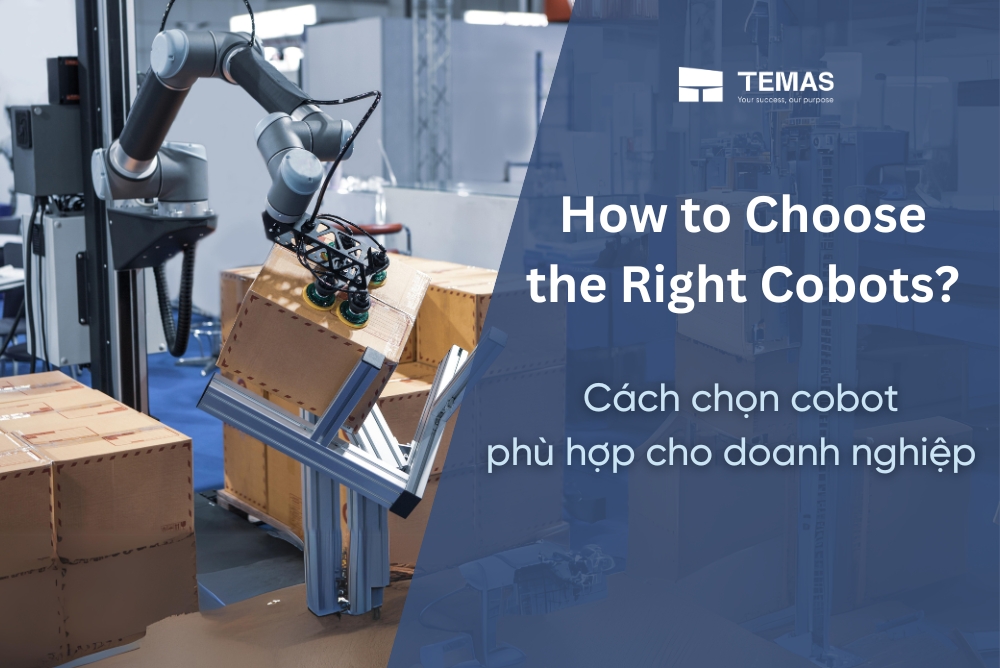
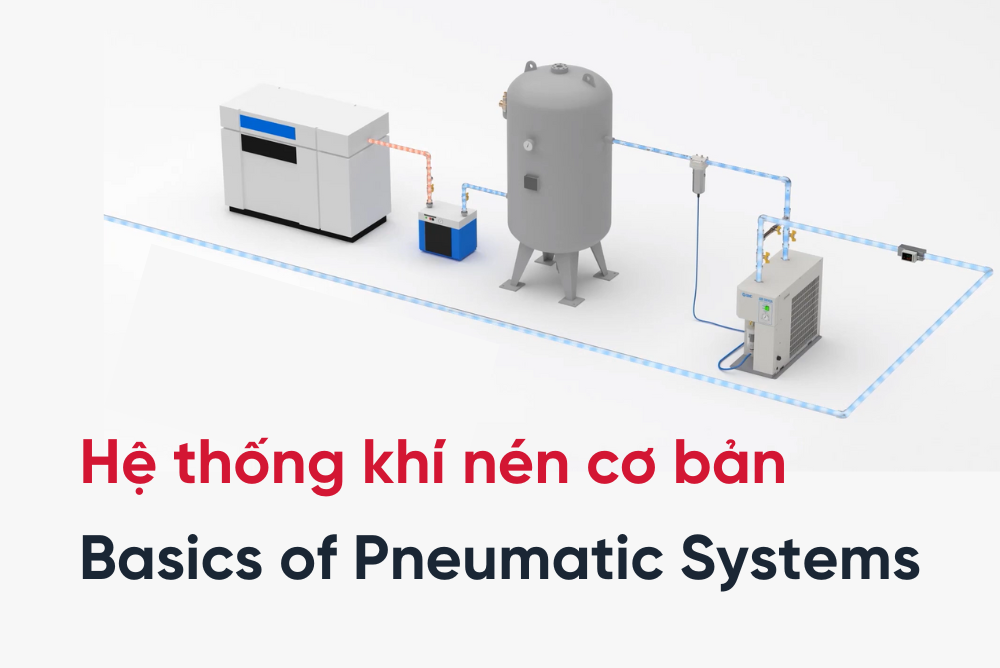
 Read more
Read more
